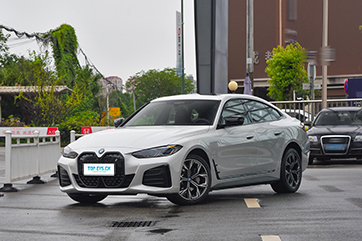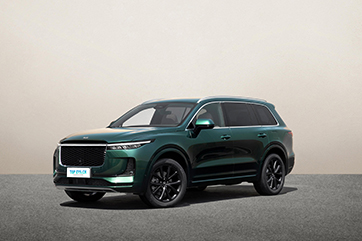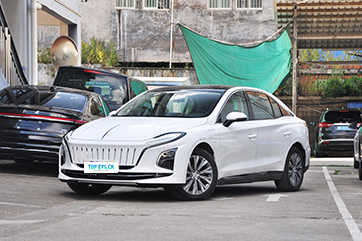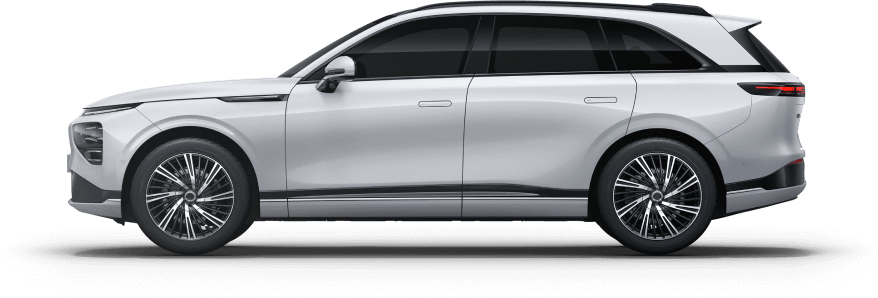According to the data released by the China Electric Vehicle Charging Infrastructure Promotion Alliance, the vehicle-pile ratio of China's charging infrastructure will be about 2.5:1 in 2022, which is still far from the target of "achieving a vehicle-pile ratio of 2:1 in 2025 and a vehicle-pile ratio of 1:1 in 2030" previously proposed by the Ministry of Industry and Information Technology, especially in some The number of charging piles in some towns and villages is far from adequate.
Not only that, the utilization rate of charging piles is obviously polarized. It is understood that in the early construction of a number of charging piles, part of the unattended, coupled with the lack of operation and maintenance, has become a "zombie pile". For these chaos, Su Xin believes that in the early stage of construction of charging pile facilities, enterprises only care about the "quantity" in order to get subsidies, and constantly over-invest in construction, and is mainly for commercial vehicles, playing price war, without considering the "quality", most of them are slow charging piles and lack of operation and management. Most of them are slow chargers and lack operation and management. However, from 2021 onwards, this part of the increase is no longer available, and the earlier "zombie piles" are gradually being absorbed.
.png)
The data shows that as of 2022, less than half of the public charging piles, about 42.4 per cent, will be able to meet high power fast charging. "The replacement and upgrade of charging piles will actually be a challenge. Early on, a charging pile will only have 30kW power, and thereafter it will gradually become 100kW, 120kW, etc. A large number of charging piles will be slowly eliminated within two to three years." Su Xin said.
Previously, third-party charging pile operators have been lukewarm on fast-charging technology, partly because the cost of supercharging piles is too high and the payback period for companies' capital is too long.
At the recently held CPSE 2023 Shanghai Charging and Switching Exhibition, E-energy Times showcased the Qiming 40Pro 40kW high-efficiency DC fast charging module with a conversion efficiency of 97.5%, reducing average power loss by more than 40% compared to similar products on the market, with high system power density and low standby power consumption, significantly reducing power consumption, fundamentally solving the operational pressure brought by energy consumption for the industry and helping The system has a high power density and low standby power consumption.
.png)
In addition, E-energy's products can help charging pile companies to replace and upgrade their equipment without major changes. For example, a 90kW pile with three 30kW charging modules can now be expanded to 180kW with one 60kW charging module and three of them. This will greatly improve the return on investment for the business.
Under normal temperature conditions, the Qiming 40Pro 40kW high efficiency DC fast charging module can run at a full load with a continuous temperature of no more than 36°C, 20°C lower than similar products, and it can be used in operating environments from -40°C to +75°C. Even under extreme working conditions, it can still work normally, resulting in a longer product life and significantly reduced operation and maintenance costs.
.png)
Since this year, the charging pile industry policy favorable: May 5 held the State Council executive meeting deployment to speed up the construction of charging infrastructure, better support new energy vehicles to the countryside and rural revitalization; April, the National Development and Reform Commission said it will make great efforts to stabilize automobile consumption; will accelerate the construction of charging piles and urban parking facilities, vigorously promote new energy vehicles to the countryside, encourage automotive enterprises to develop more suitable for county and rural areas
Unlike the past, the charging pile companies are now focusing on different things. "They will pay attention to the whole cost-performance structure of the electric pile, and more attention to the integration of the whole ecological structure, rather than just building a charging pile." Su Xin said, "Now many charging piles two to three years began to appear damaged in large quantities, but in the national strategy of infrastructure construction, now companies have to consider more than five to ten years, charging piles can be stable operation, and to comply with the carbon neutral background of electricity loss reduction."
.png)
Fast charging means shorter charging times and higher power. From a technical point of view, there are two technical routes to achieve ultra-fast charging: one is high current and the other is high voltage. The former has high thermal management requirements and is difficult to promote. And the development of the 800V platform is a trend that is already highly certain.
After Porsche released the Taycan, the first model with the 800V high-voltage platform, in 2019, high-voltage fast charging has been seen as an exclusive feature for electric sports cars. Right now, more and more Chinese brand car companies are also betting on the 800V high-voltage platform.
In November 2021, Xiaopeng released the Xiaopeng G9, a production vehicle based on the 800V high-voltage SiC platform, which can travel more than 200 km in 5 minutes of supercharging the new vehicle. All components of the Xiaopeng G9 are 800V and support 800V high voltage; in the same month, Great Wall SL released the Mecha Dragon, which uses 800V charging technology and can last 401km in 10 minutes of charging and 545km in 15 minutes of charging, with a peak current of 600A; Ideal Auto had said at the launch of the Ideal L8: "In the past few years We are actively laying out our pure electric platform, and all of Ideal Auto's pure electric models will use the 800V high-voltage platform."
In addition, BYD, Huawei, Extreme Krypton, Lantu and Azure have also launched their 800V landing plans one after another. However, in terms of real applications on the ground, it is currently only applied in a very small range and mostly focused on high-end models due to cost constraints.
In fact, having an 800V car does not mean having 800V electricity. High voltage fast charging technology is not just a matter of the car, but is strongly related to the infrastructure. After all, the vast majority of mainstream DC fast-charging piles in China are currently developed for 400V platform models. The only ones that can meet the demand for 800V high voltage charging are the 200-1000V DC charging piles, which have only recently started to be launched in the past year and are currently less used in the industry.
.png)
Does that mean that the 800V fast charging route won't work? According to Su Xin, there have been concerns before, but since the introduction of some recent national policies, this uncertainty has been reduced to a relatively low level. The reason for this is that if the country wants to promote this technology, it will definitely be able to build it.
In February 2023, eight departments issued a notice on the organization of a pilot project for the full electrification of vehicles in the public sector, clearly proposing "to speed up the application of new charging and swapping technologies such as intelligent and orderly charging, high-power charging, automatic charging and fast power exchange, and to accelerate the integration of 'light storage, charging and discharge'. The pilot application, improve the charging and switching infrastructure" and other key tasks, to achieve "the ratio of new public charging piles (standard piles) to the number of promoted new energy vehicles (standard vehicles) in the public sector will strive to reach 1:1, and the proportion of charging facility spaces in highway service areas is expected to be no less than 10% of small parking spaces " target.
The infrastructure for the entire environment is something that needs to be built quickly. "That's why flexible charging, energy storage configurations and so on become indispensable, otherwise things will go wrong. Once these components are put in place, it will not only reduce the impact on the grid, it will also be a complement to the grid in reverse." Su Xin claims.
.png)
High-voltage fast-charging technology will bring about very significant changes to the electric vehicle industry, not only as an innovative technology, but also as a technology that affects the systemic nature. The popularisation of supercharging is not a one-day effort, but still requires the cooperation of the whole industry chain. High-power charging is not just an interface, it is also a system engineering, including the whole industry chain such as cars, guns and piles.
However, industry insiders also believe that China has a unique advantage in terms of grid infrastructure, so once the technical or economic feasibility can be verified, it will be faster to promote this technology in China.

.png)
.png)
.png)
.png)
.png)
.png)


.jpg)





